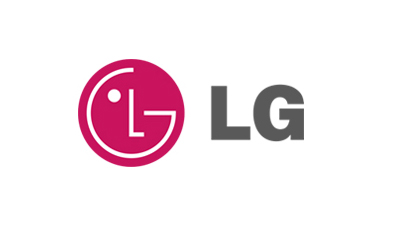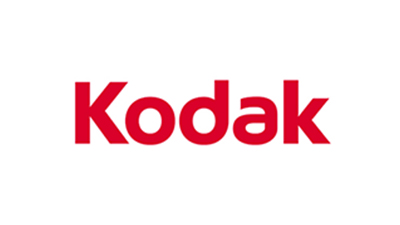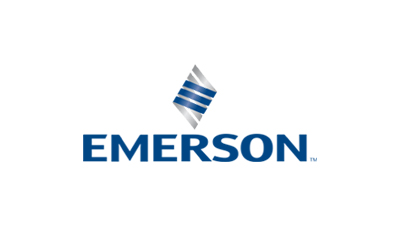Interface Bridge ICs are chips can bridging from a USB ports to UART, I2C, SPI, SATA, PCIe, and UFS, etc., or can bridging from a PCIe and SATA interfaces into other ports. Interface Bridge ICs have wide applications across all market segments, including: industrial, consumer, PC peripheral, medical, telecom, energy infrastructure, etc. This report aims to provide a comprehensive presentation of the global market for Interface Bridge ICs, with both quantitative and qualitative analysis, to help readers develop business/growth strategies, assess the market competitive situation, analyze their position in the current marketplace, and make informed business decisions regarding Interface Bridge ICs. This report contains market size and forecasts of Interface Bridge ICs in global, including the following market information: Global Interface Bridge ICs Market Revenue, 2018-2023, 2024-2029, ($ millions) Global Interface Bridge ICs Market Sales, 2018-2023, 2024-2029, (M Units) Global top five Interface Bridge ICs companies in 2022 (%) The global Interface Bridge ICs market was valued at US$ 502.7 million in 2022 and is projected to reach US$ 874 million by 2029, at a CAGR of 8.2% during the forecast period. The influence of COVID-19 and the Russia-Ukraine War were considered while estimating market sizes. Global key players of interface bridge ICs include FTDI, JMicron Technology, Silicon Labs, etc. The top three players hold a share about 29%. The global interface bridge ICs are mainly produced in United States, China Taiwan and Europe, they occupied for a share over 70%. Asia-Pacific is the largest market, has a share about 61%, followed by North America and Europe, with share 24% and 13%, separately. MARKET MONITOR GLOBAL, INC (MMG) has surveyed the Interface Bridge ICs manufacturers, suppliers, distributors and industry experts on this industry, involving the sales, revenue, demand, price change, product type, recent development and plan, industry trends, drivers, challenges, obstacles, and potential risks. Total Market by Segment: Global Interface Bridge ICs Market, by Type, 2018-2023, 2024-2029 ($ Millions) & (M Units) Global Interface Bridge ICs Market Segment Percentages, by Type, 2022 (%) USB Interface IC PCI(PCIe) Interface IC SATA Interface IC Others Global Interface Bridge ICs Market, by Application, 2018-2023, 2024-2029 ($ Millions) & (M Units) Global Interface Bridge ICs Market Segment Percentages, by Application, 2022 (%) Communication Industrial Healthcare Consumer Electronic Automobile Others Global Interface Bridge ICs Market, By Region and Country, 2018-2023, 2024-2029 ($ Millions) & (M Units) Global Interface Bridge ICs Market Segment Percentages, By Region and Country, 2022 (%) North America US Canada Mexico Europe Germany France U.K. Italy Russia Nordic Countries Benelux Rest of Europe Asia China Japan South Korea Southeast Asia India Rest of Asia South America Brazil Argentina Rest of South America Middle East & Africa Turkey Israel Saudi Arabia UAE Rest of Middle East & Africa Competitor Analysis The report also provides analysis of leading market participants including: Key companies Interface Bridge ICs revenues in global market, 2018-2023 (Estimated), ($ millions) Key companies Interface Bridge ICs revenues share in global market, 2022 (%) Key companies Interface Bridge ICs sales in global market, 2018-2023 (Estimated), (M Units) Key companies Interface Bridge ICs sales share in global market, 2022 (%) Further, the report presents profiles of competitors in the market, key players include: FTDI Silicon Labs JMicron Technology Fujitsu Microchip Toshiba NXP Silicon Motion TI ASMedia Technology Infineon MaxLinear Broadcom Initio Corporation ASIX Holtek Outline of Major Chapters: Chapter 1: Introduces the definition of Interface Bridge ICs, market overview. Chapter 2: Global Interface Bridge ICs market size in revenue and volume. Chapter 3: Detailed analysis of Interface Bridge ICs manufacturers competitive landscape, price, sales and revenue market share, latest development plan, merger, and acquisition information, etc. Chapter 4: Provides the analysis of various market segments by type, covering the market size and development potential of each market segment, to help readers find the blue ocean market in different market segments. Chapter 5: Provides the analysis of various market segments by application, covering the market size and development potential of each market segment, to help readers find the blue ocean market in different downstream markets. Chapter 6: Sales of Interface Bridge ICs in regional level and country level. It provides a quantitative analysis of the market size and development potential of each region and its main countries and introduces the market development, future development prospects, market space of each country in the world. Chapter 7: Provides profiles of key players, introducing the basic situation of the main companies in the market in detail, including product sales, revenue, price, gross margin, product introduction, recent development, etc. Chapter 8: Global Interface Bridge ICs capacity by region & country. Chapter 9: Introduces the market dynamics, latest developments of the market, the driving factors and restrictive factors of the market, the challenges and risks faced by manufacturers in the industry, and the analysis of relevant policies in the industry. Chapter 10: Analysis of industrial chain, including the upstream and downstream of the industry. Chapter 11: The main points and conclusions of the report.
1 Introduction to Research & Analysis Reports 1.1 Interface Bridge ICs Market Definition 1.2 Market Segments 1.2.1 Market by Type 1.2.2 Market by Application 1.3 Global Interface Bridge ICs Market Overview 1.4 Features & Benefits of This Report 1.5 Methodology & Sources of Information 1.5.1 Research Methodology 1.5.2 Research Process 1.5.









